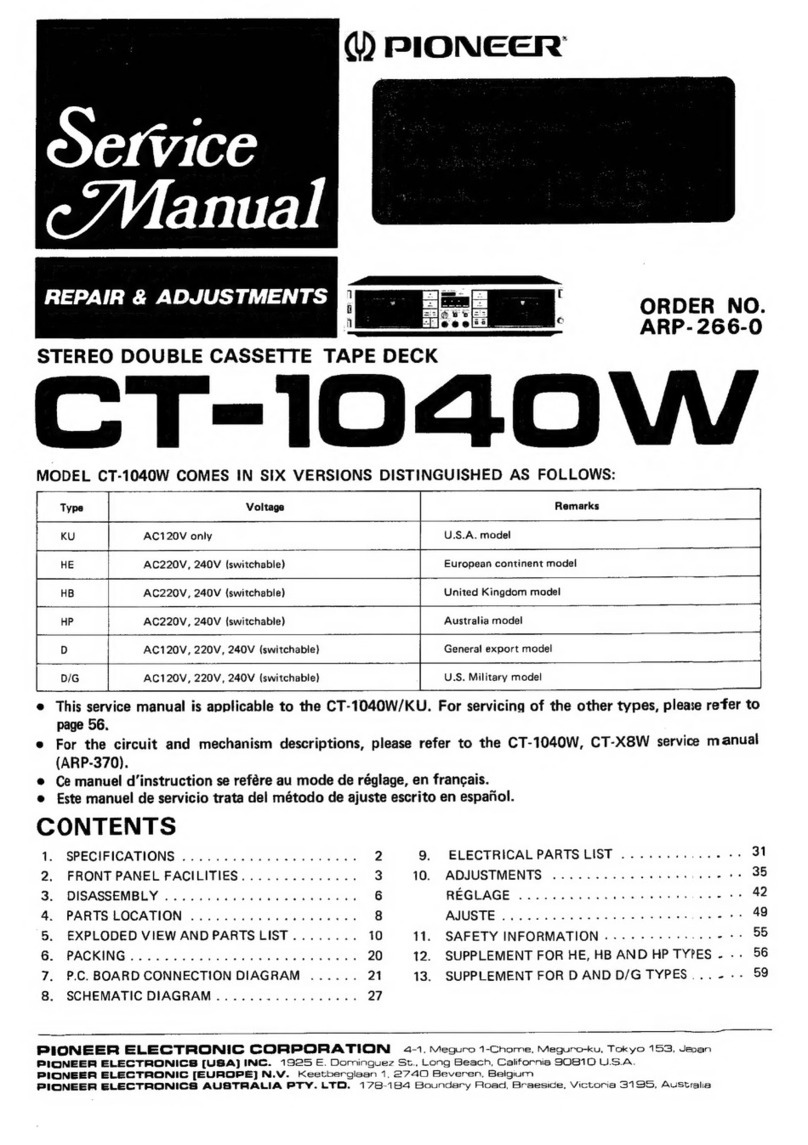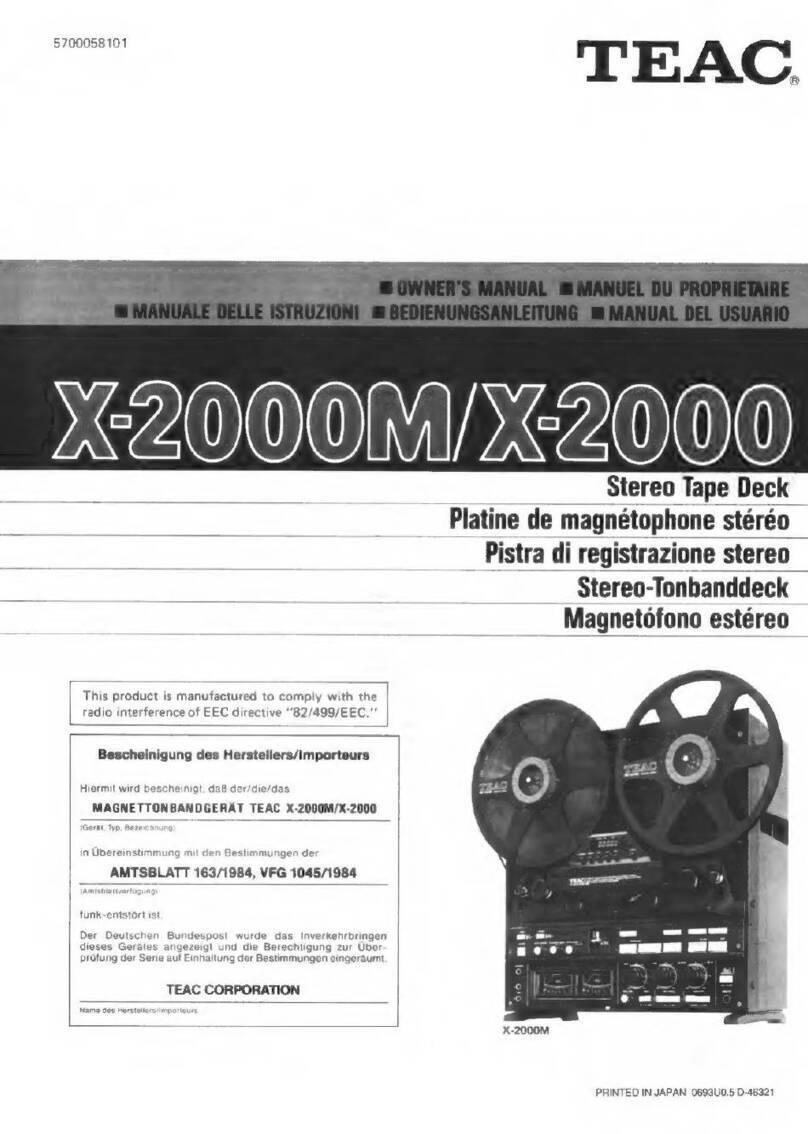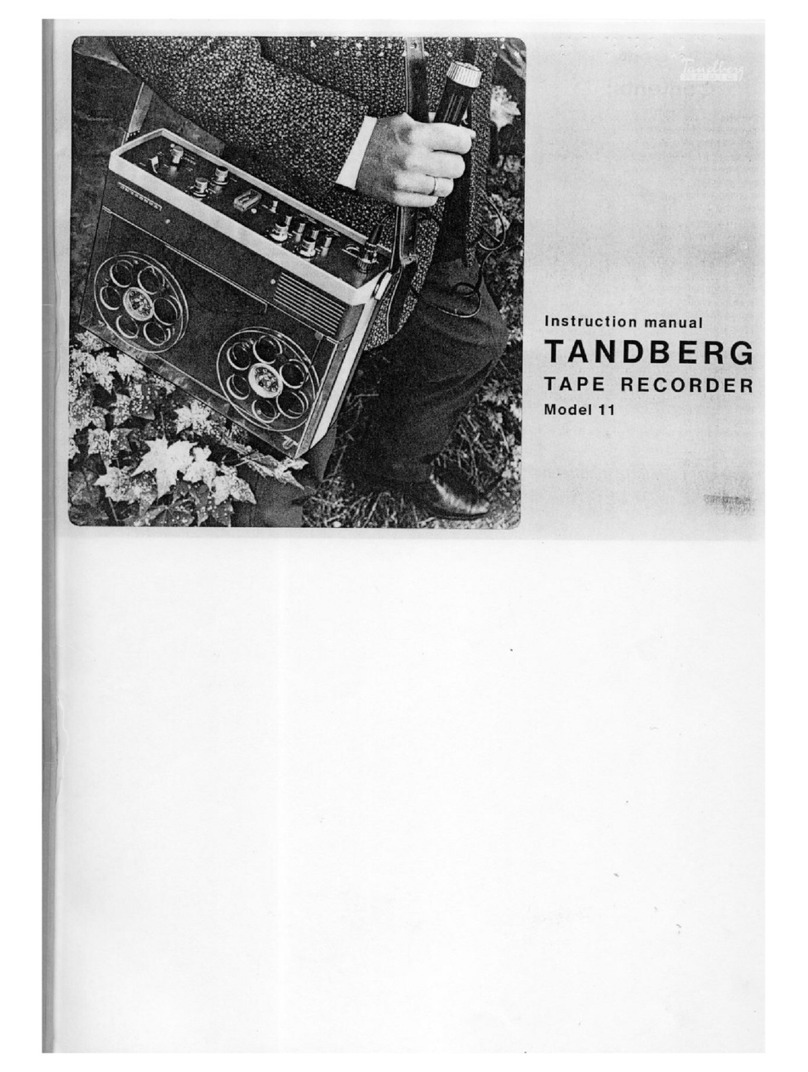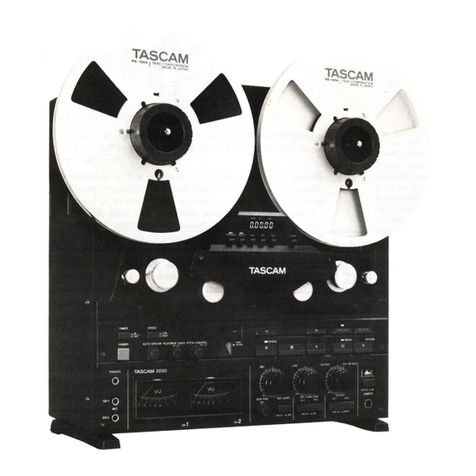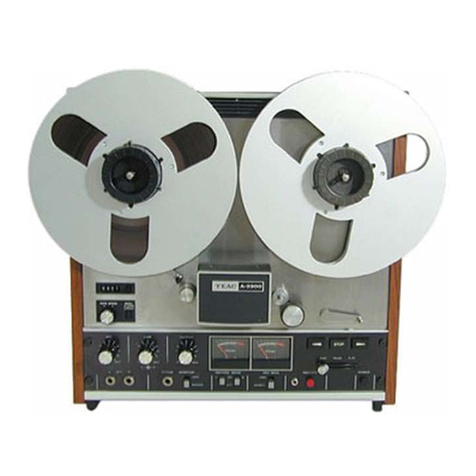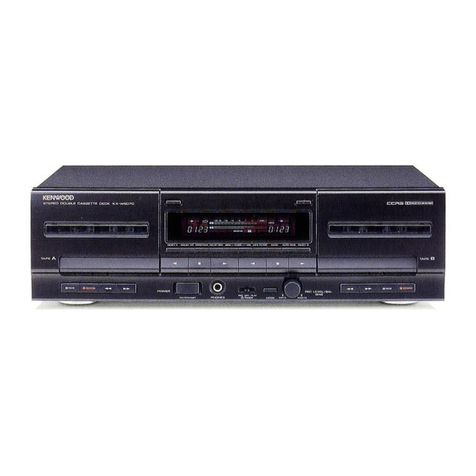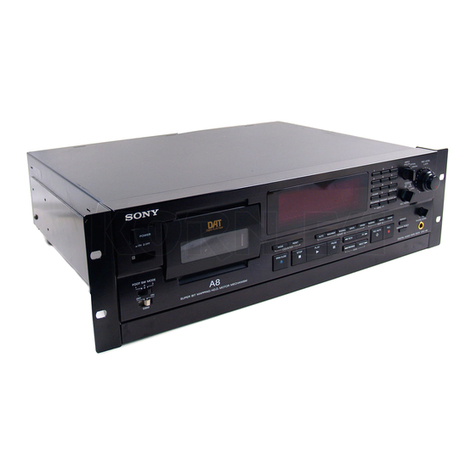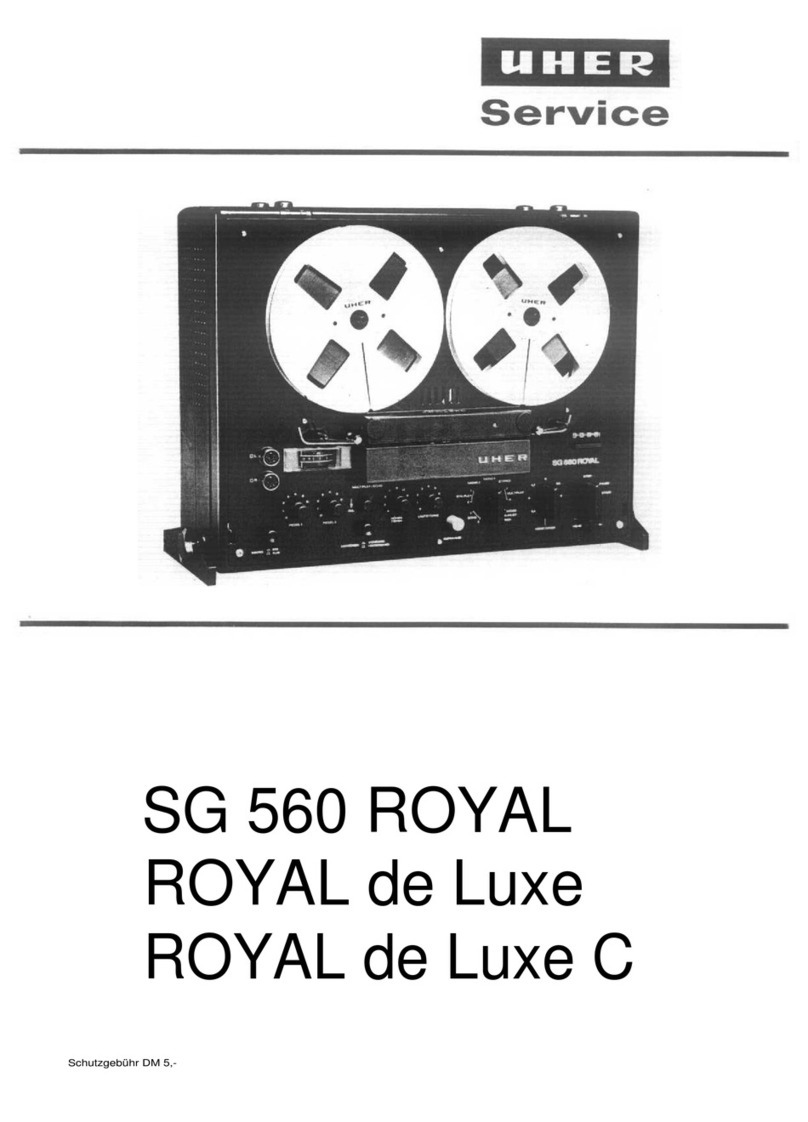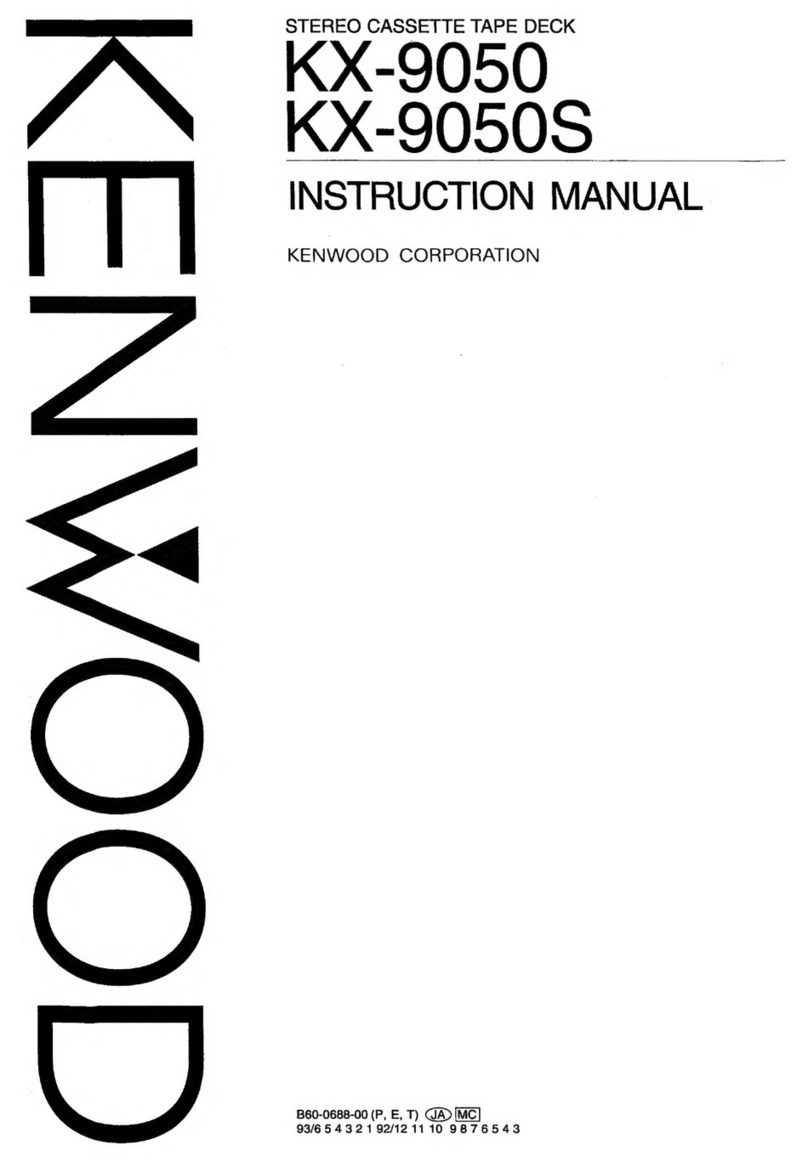Pioneer CT1270WR User manual
Other Pioneer Tape Deck manuals

Pioneer
Pioneer T-6600/F User manual
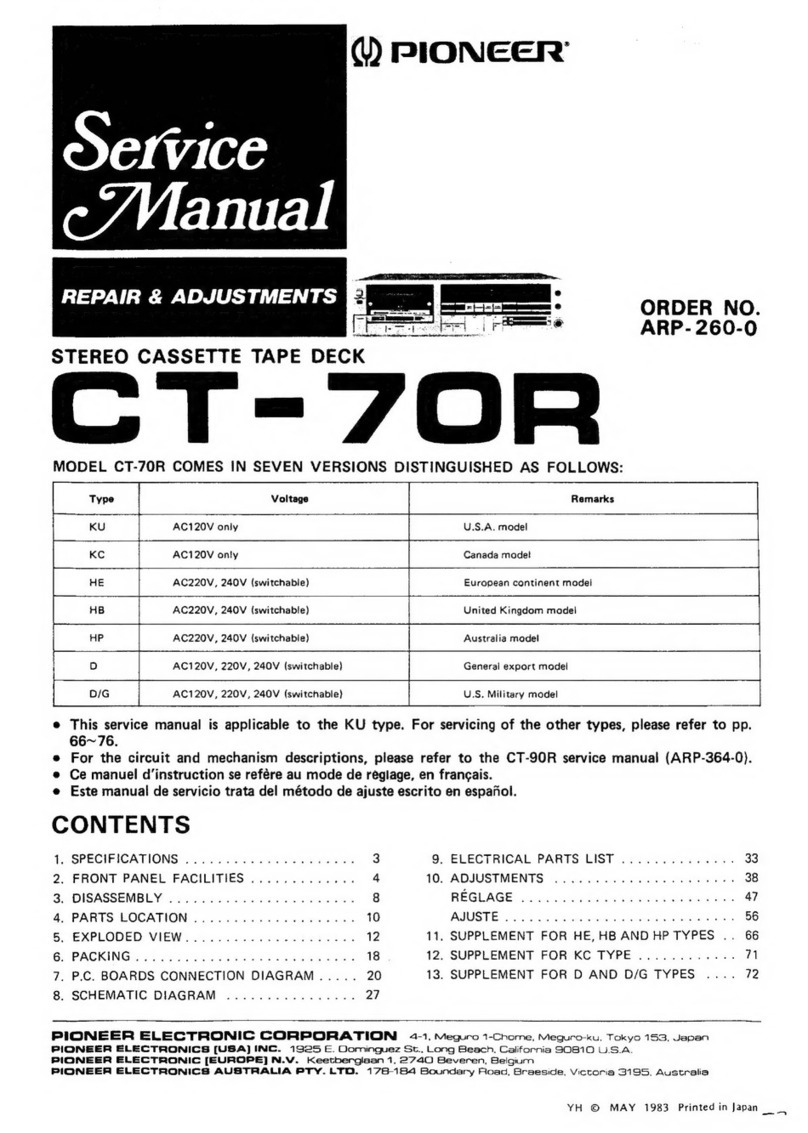
Pioneer
Pioneer CT-70R User manual

Pioneer
Pioneer CT-200 User manual
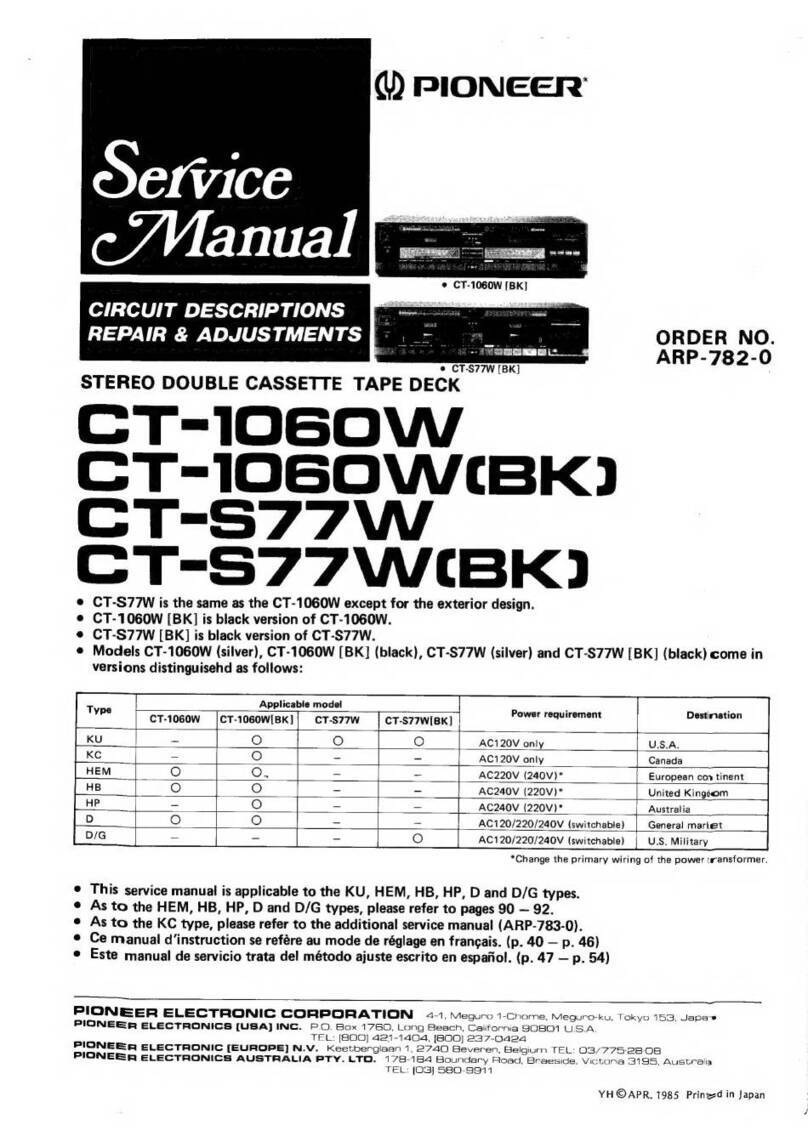
Pioneer
Pioneer CT-1060W User manual
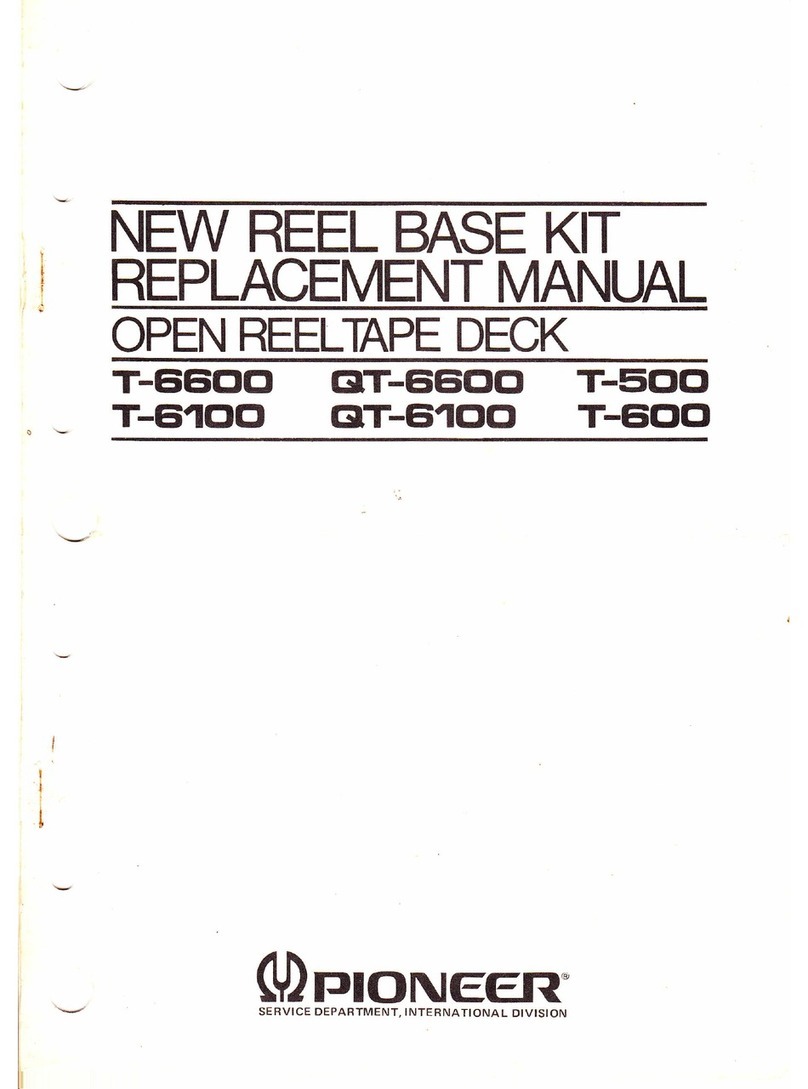
Pioneer
Pioneer T-6600 Operating and safety instructions

Pioneer
Pioneer CT-F9191 User manual
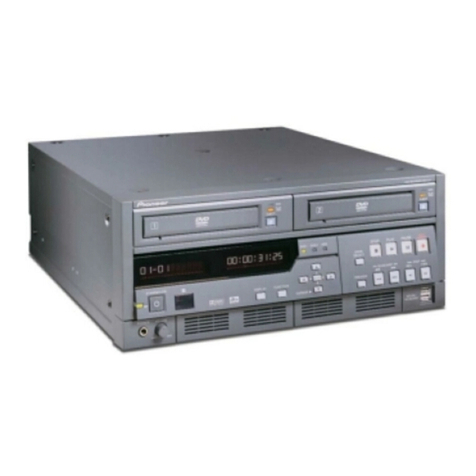
Pioneer
Pioneer PRV-LX1 User manual

Pioneer
Pioneer WTM-A4 User manual

Pioneer
Pioneer CT-F500 User manual

Pioneer
Pioneer CT-1150R User manual

Pioneer
Pioneer CT-F1000 User manual
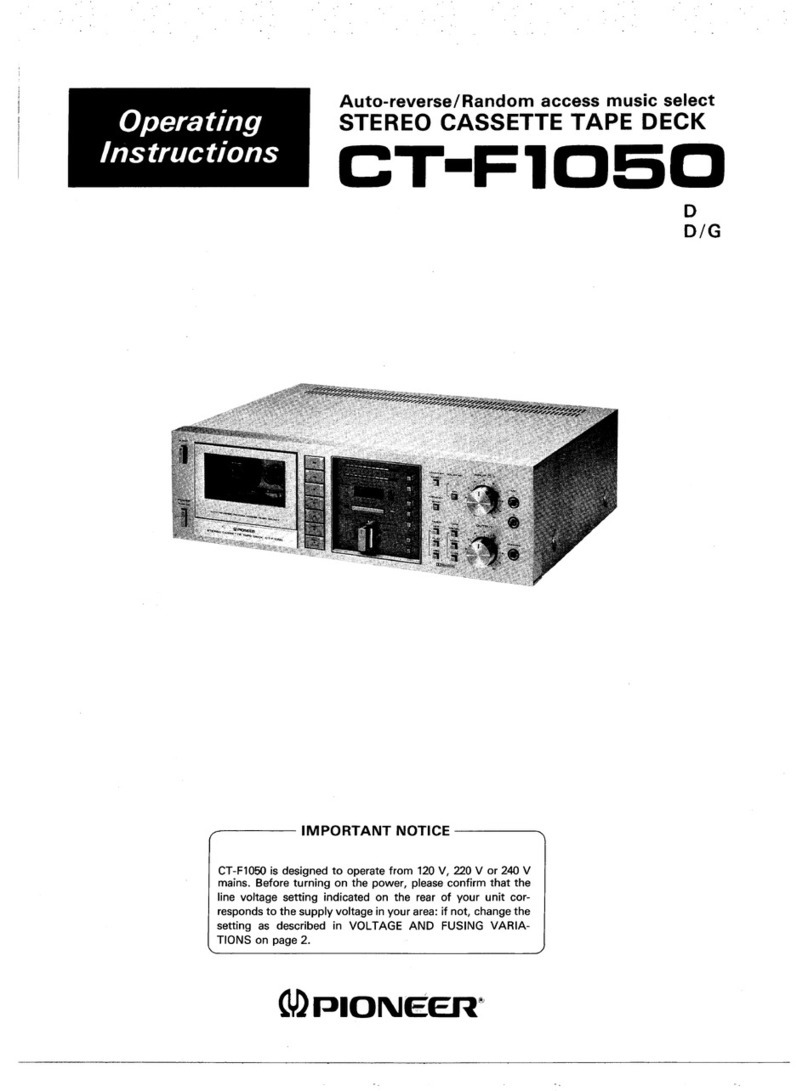
Pioneer
Pioneer CT-F1050 User manual

Pioneer
Pioneer XC-IS21T User manual
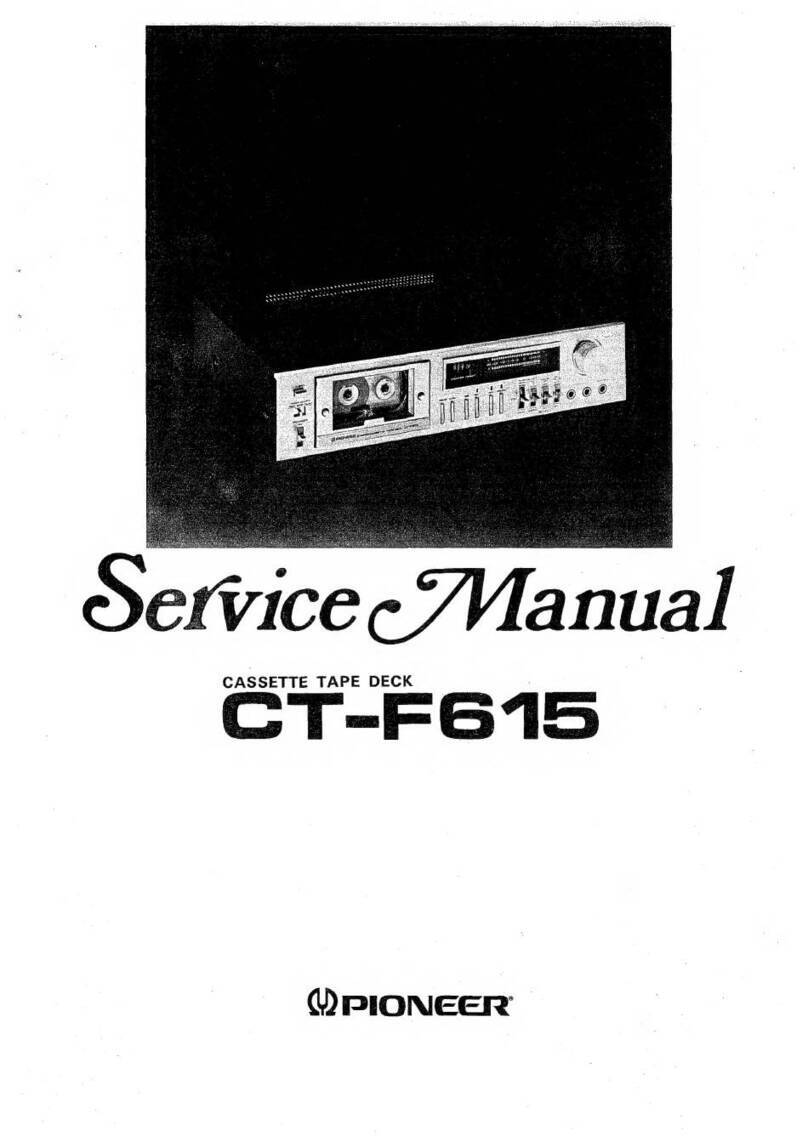
Pioneer
Pioneer CT-F615 User manual
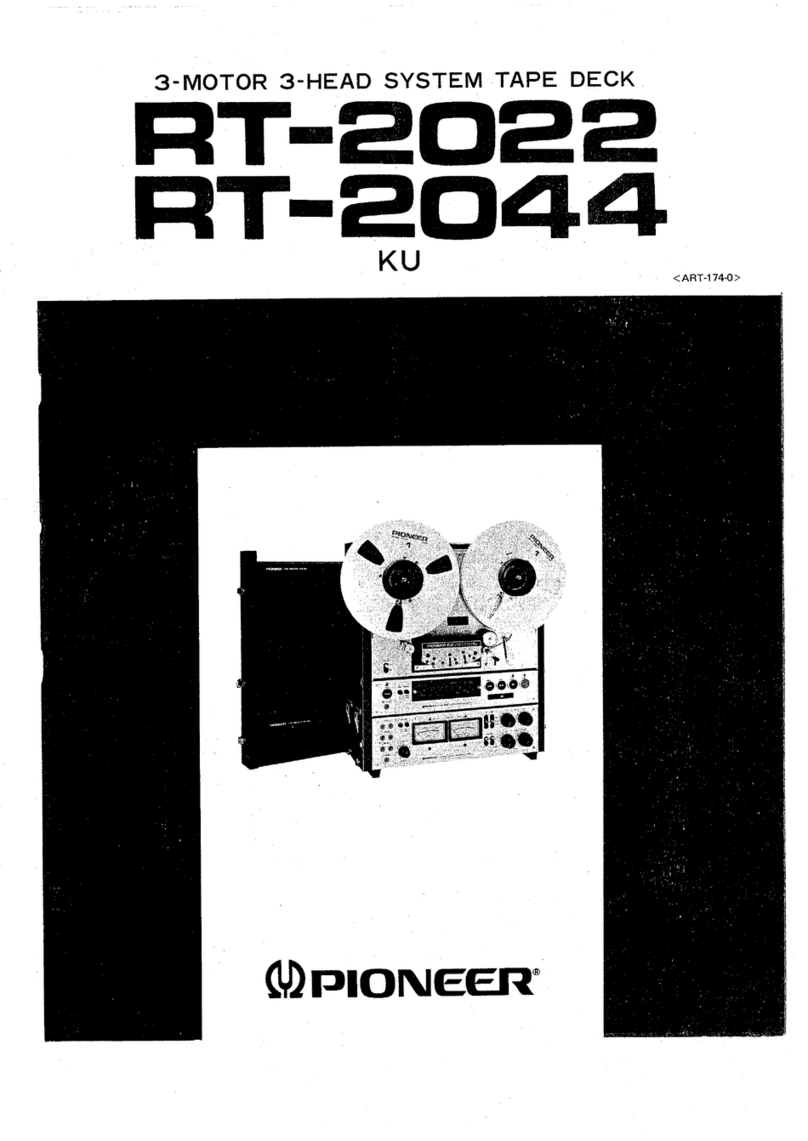
Pioneer
Pioneer RT-2022 User manual
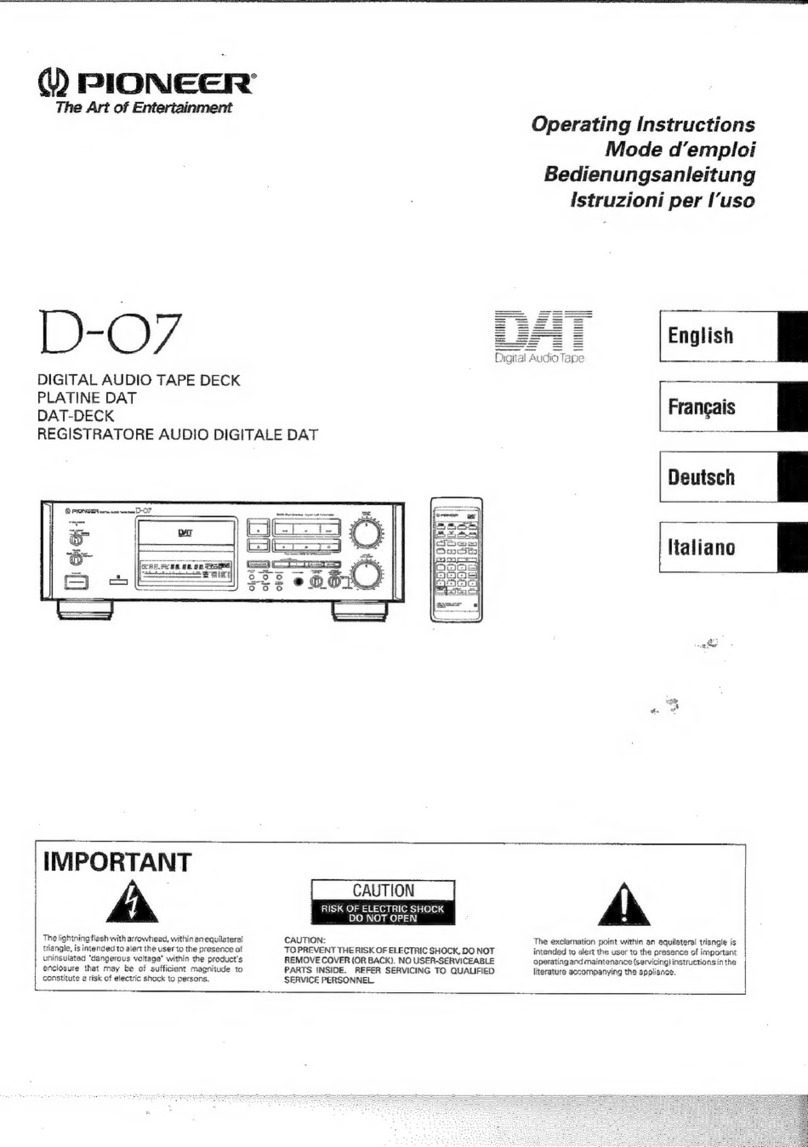
Pioneer
Pioneer D-07 User manual
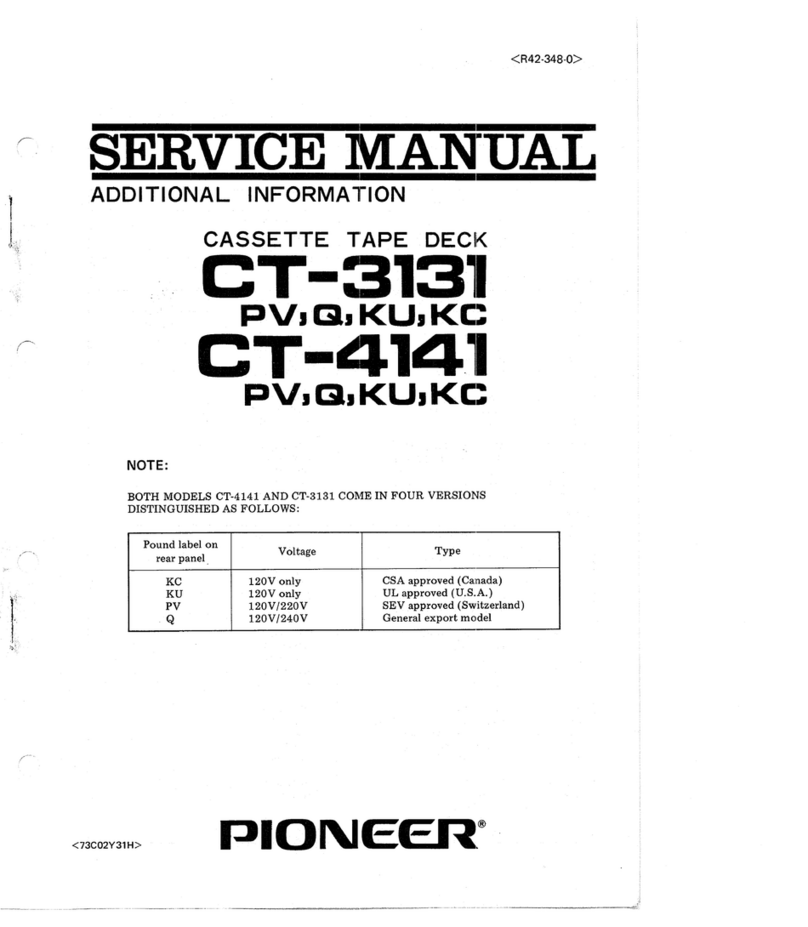
Pioneer
Pioneer CT-3131 User manual
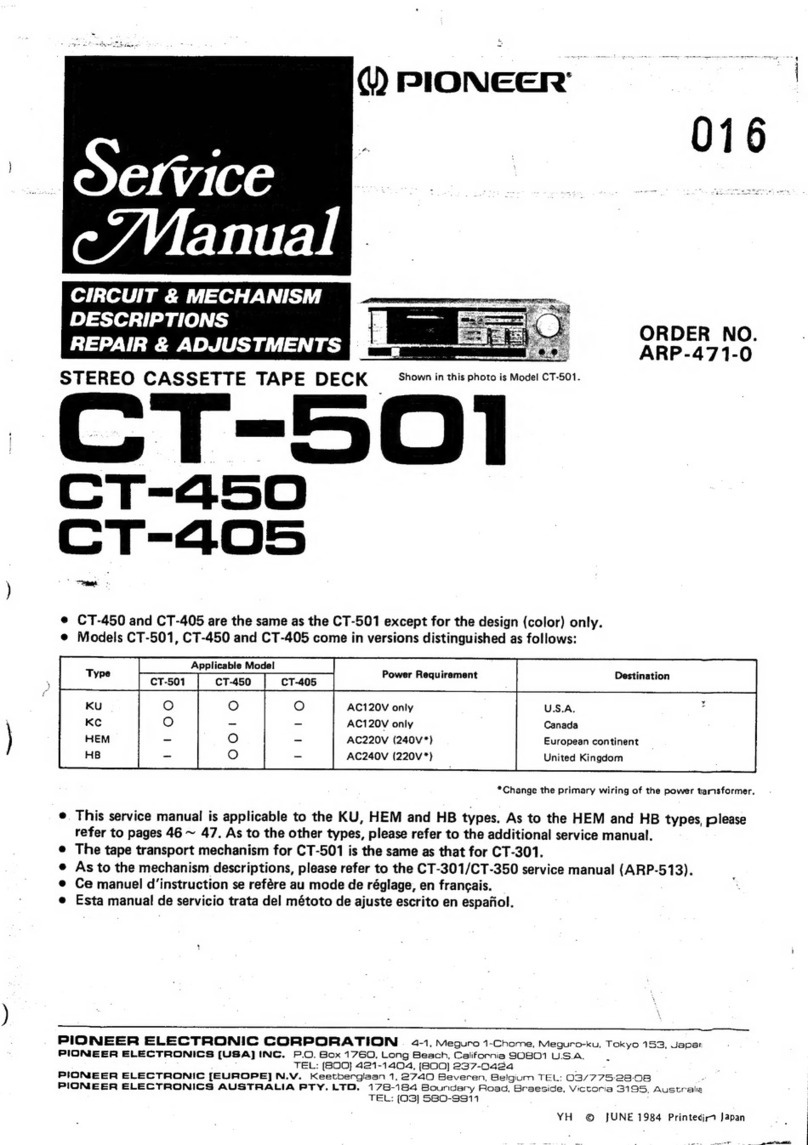
Pioneer
Pioneer CT-501 User manual

Pioneer
Pioneer CT-5151 User manual
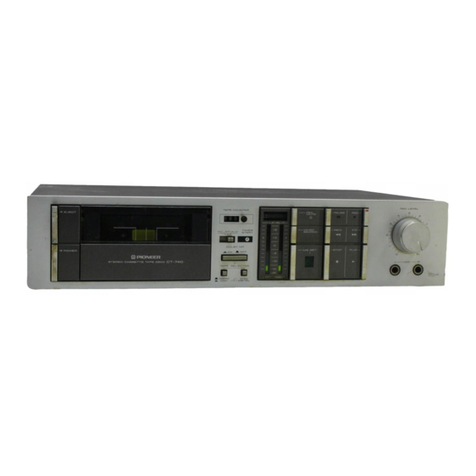
Pioneer
Pioneer CT-40 User manual

